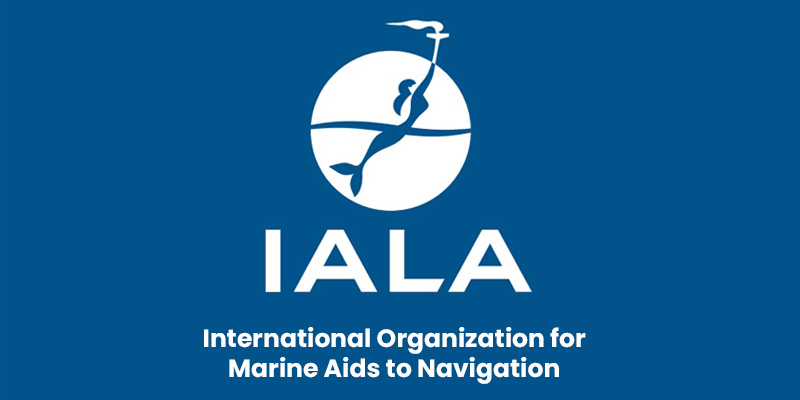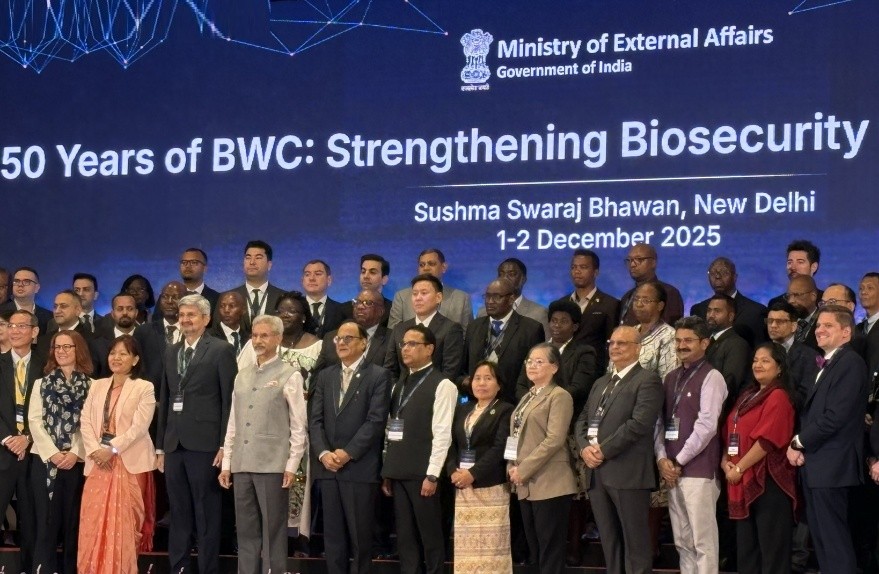Font size:
Print
Public Accounts Committee (PAC)
Context:
The Public Accounts Committee (PAC) has decided to review the performance of the Securities and Exchange Board of India (SEBI) as part of its annual agenda.
More on news
- SEBI’s chairperson, Madhabi Puri Buch, has come under political scrutiny following allegations made by US-based Hindenburg Research.
- The PAC made the rare decision to include a suo motu topic – a performance review of regulatory bodies established by Acts of Parliament – during its meeting on August 29.
About PAC
The Public Accounts Committee (PAC) is a crucial financial committee of the Parliament of India, established to ensure accountability in government expenditure.
Here are the key aspects of the PAC:

Establishment and Composition:
- Founded: The PAC was established in 1921 following the Government of India Act, 1919, also known as the Montford Reforms.
- Members: The committee consists of 22 members—15 elected by the Lok Sabha and 7 by the Rajya Sabha.
- Members are elected annually based on proportional representation using a single transferable vote system.
- Chairmanship: The Chairman is appointed by the Speaker of the Lok Sabha, and no minister can be a member of the PAC, ensuring its independence.
- Until 1966-67, the chairman of the committee belonged to the ruling party. However, since 1967 a convention has developed whereby the chairman of the committee is selected from the opposition.
Functions:
- Examination of Accounts: It reviews the appropriation accounts and finance accounts of the government to ensure that funds are used as intended and within the scope of parliamentary grants.
- Scrutiny of Audit Reports: The committee examines audit reports submitted by the Comptroller and Auditor General (CAG), ensuring that government expenditures are legally sanctioned and appropriately executed.
- The CAG submits three reports to the President namely, audit reports on appropriation accounts, audit report on finance accounts and report on public undertakings.
- The CAG acts as the guide, friend and philosopher of the committee.
- Assessment of Financial Discipline: It assesses whether the money spent aligns with the budgetary provisions and checks for any irregularities, waste, or inefficiency in public spending.
- Recommendations: While the PAC can make recommendations based on its findings, these are advisory and not binding on the government.
Limitations:
- Advisory Nature: Its recommendations can be ignored by the ministries, as it does not have the power to enforce compliance.
- Post-Expenditure Review: The PAC reviews expenditures after they have occurred, limiting its ability to prevent financial mismanagement proactively.
No Policy Intervention:
The committee does not engage in policy discussions or decisions, focusing solely on financial accountability.



